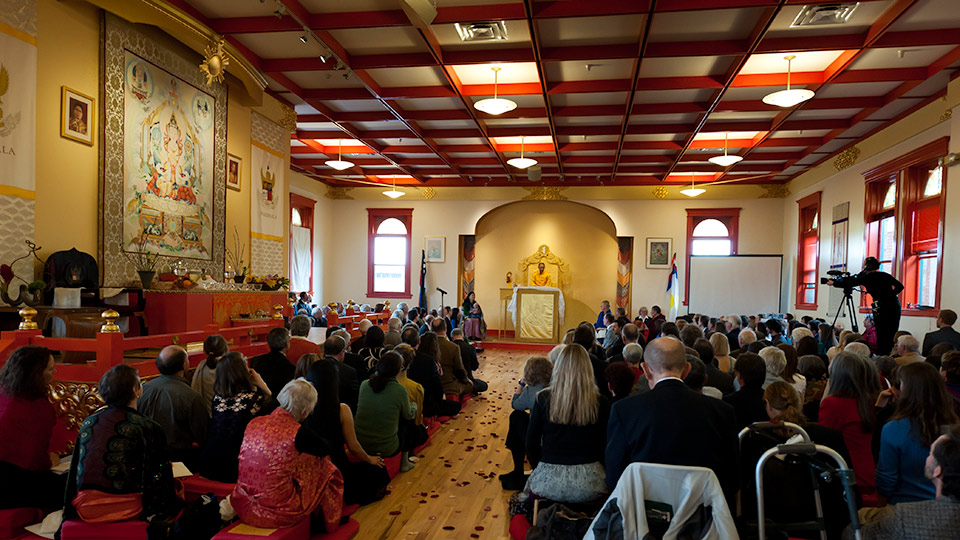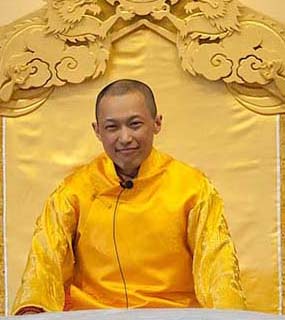(Prologue: I‘ve got first-hand experience that a real understanding of the laws of karma can substantially change our lives for the better. I created this weblog to share information and personal experience with others. May it be beneficial!)
Part of a world-wide “going green” effort is the recycling programmes that many cities have put in place.
This webpost is how we can go further by “greening” our thoughts by recycling them, so to speak.
Following on the last post (dated September 11, 2011 immediately below this one), we learned that genuine spiritual guides and teachers avoid following a thought “down the road” so to speak. They let it go as it arises.
Why do they do this?
Because thoughts lead to volitional action. Which leads to the creation of karma.
How do they do this? By many years of participating in a fitness regime for taming and training the mind — meditation practice.
Meditation practice provides instructions — labelling and letting go — whereby I can relate to thoughts and the emotions they evoke in a way that does not lead to action. (That’s why it’s said that meditation is one of the few times that we are not accumulating karma.)
But how about in everyday life? How can we recycle thoughts back into primordial energy? I’ve developed an exercise that helps me deal with the thought as soon as it arises in my everyday life. In my city our recycling programme involves three bins — green, blue and grey — for a variety of items, e.g. garbage, paper, glass, and food etc. etc. etc.



There’s now a fourth “bin.” The city didn’t provide it. I created it. It’s virtual. It’s for thoughts. As soon as I can see the thought — either as it arises, or, more likely (at my early stage of development), when it is full blown — I “put” the thought in the thought recycling bin where it is transformed back into pure energy from which it arose. You can create your own virtual thought recycling bin. Mine is just vast space, like the sky.
The idea of “recycling” thoughts follows the second law of thermodynamics. Put very simply, it says that energy (in whatever form it has taken) returns to its original state as soon as the form decays. In terms of thoughts, the energy of a thought is released when we let go of that thought. If we grasp, attach and fixate on the thought, the opposite happens. We get caught up in a karmic chain reaction. It is described here.
If you found this post helpful, please share it with a friend. Then consider subscribing to this weblog by clicking on the Subscribe button in the navigation bar. Follow one of the three sets of step-by-step directions. Thank you.

 everyone else. The difference is that they do not follow those thoughts. And because they don’t follow the thoughts, they do not engage in liking or aversion. So they they do not perpetuate negative karma of the three poisons.
everyone else. The difference is that they do not follow those thoughts. And because they don’t follow the thoughts, they do not engage in liking or aversion. So they they do not perpetuate negative karma of the three poisons.
